What’s in a name?
Well, when it’s two years in the making, and millions of fanatic devotees are at the ready with their opinions — as it’s been with Washington, D.C.’s NFL team — a whole hog of a lot.
(No, they didn’t go with the popular-on-social-media Washington Red Hogs. Sorry, fans.)
The previously named Washington Football Team — a placeholder name that’s lingered since the fall of 2020, after the historic franchise ditched the racially insensitive Washington Redskins name it held for the previous 83 years — announced its new name Wednesday. The announcement was met with some backlash, some shrugs, and some acceptance.
The new name the Washington NFL team arrived at? Washington Commanders.
Roll out that new merch and queue up the online arguments while we gaze backward and forward at the National Football League team that resides in the nation’s capital.
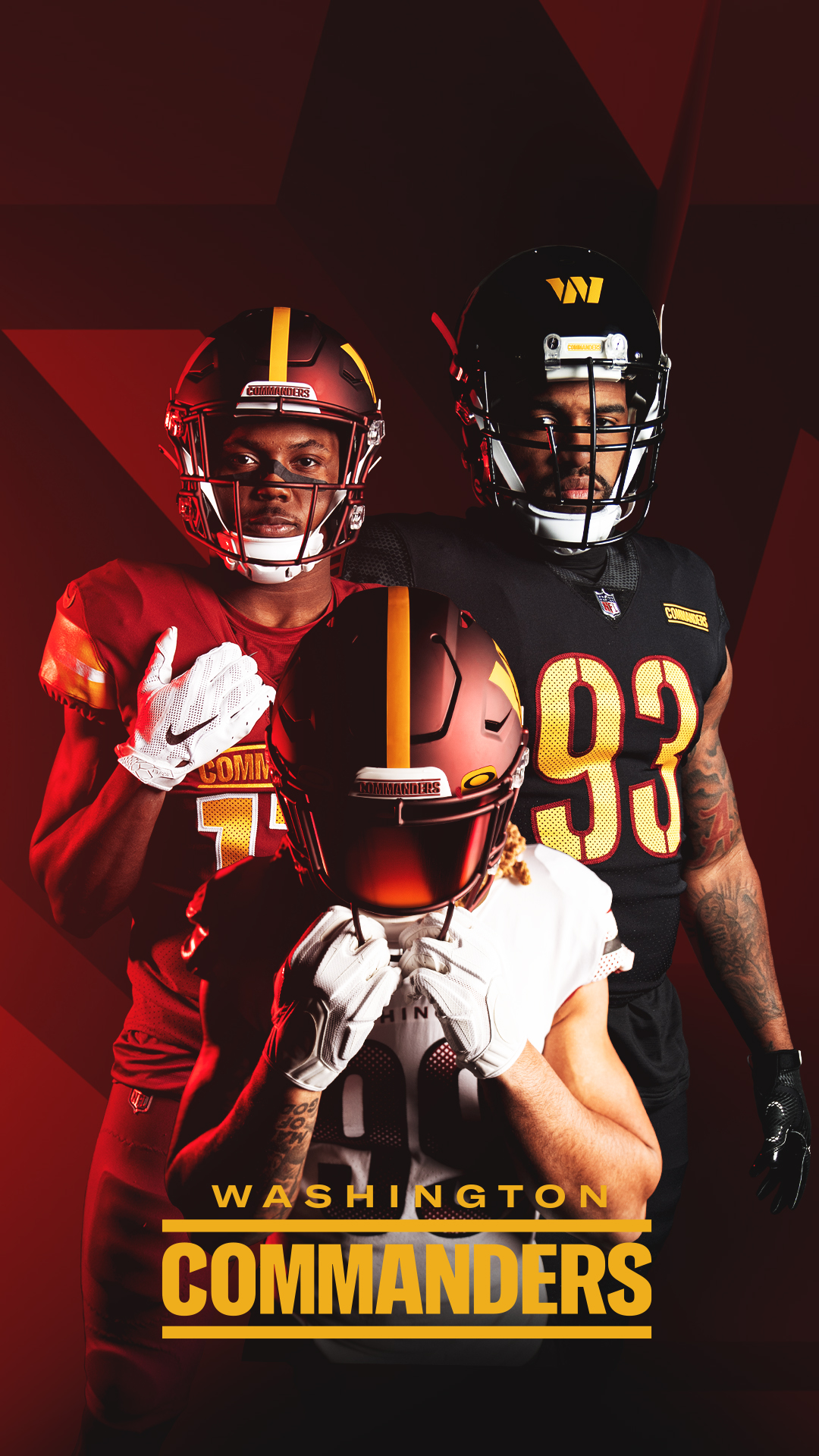
Why were they named the Redskins in the first place?
Why in the world was the team named something that could be considered racially insensitive in the first place?
If you know a bit about American history – and sports history – it’s not that surprising, even if it is considered offensive to Native Americans.
Some collegiate programs used the name – the University of Utah, Miami University of Ohio, and Southern Nazarene University – as well as some high schools, but numerous institutions have made the move to change the name or to ban the use of it in interscholastic athletic programs.
The colleges above all changed their name in 1972, 1997, and 1998, respectively.
Major League Baseball’s Cleveland Indians franchise recently changed its name to the Cleveland Guardians, and pressure continues to mount on the Atlanta Braves, Kansas City Chiefs, and even the Florida State Seminoles to change their names and related traditions — notably, the tomahawk chop that fans engage in to show their allegiance.
Although people in charge of the teams, including owners, have stated that the name Redskins was meant as a tribute or to honor the heritage, Native American groups were steadfast that the name was racist, hurtful, and promoting negatively stereotypes.
In 1933, the Boston Braves football team changed its name to Boston Redskins before relocating to Washington D.C. in 1936, hence becoming the Washington Redskins.
The team owner at the time, George Preston Marshall, reportedly changed the name to avoid confusion with baseball’s Atlanta Braves. An Associated Press article from 1936 has him saying he was paying respect to a coach that claimed to have Native American heritage – but that man, William Henry Dietz, was found out to have been lying about his roots in 2004 by Indian Country Today Media Network.
The word itself, redskin, has been in dispute throughout its history, but it was overwhelmingly considered a slur by Native Americans in modern times. Conversely, those who took the name for their own branding and profit, usually white men, claimed it was an honorable name.
The exact history of the name isn’t entirely clear, though, according to a study by Marquette Law School. Written in 2014, the story traces the history of “Indian football,” which was known as a wide-open brand of football featuring trick plays and more passing than usual, and was strongly associated with the Carlisle Indian Industrial School in Carlisle, Pennsylvania between 1893 and 1917. The National Football League also had an Oorang Indians team in 1922 and 1923, an all-Native American team based in Larue, Ohio.
The article’s author, J. Gordon Hylton, argues that the name was perhaps originally chosen because of its phonetic similarity to Red Sox, the name of the Boston-based baseball team, as the name change to Redskins was while the football team still resided in Boston.
Likely, the weightiness of using such a name probably wasn’t strongly considered so long ago, but as the meaning of the word went through some changes and as its meaning was declared as insensitive and negative in modern times by those who were Native American, it became harder for people to argue that it was an honorable name (though that didn’t stop them).
The Washington Post did a thorough analysis of the word itself in 2016. That deep dive into the Redskins timeline included a 1972 meeting that Native American leaders held with the NFL team’s leadership in an effort to persuade them to change the name. However, the team brass only opted to change some of its branding – such as cheerleaders wearing black-braided wigs – and some lyrics to its fight song, which referenced scalping.
Native American groups continued to ask that the name be changed throughout the decades to follow, with protests outside the stadium and even at the Super Bowl, to no avail. One group even tried to challenge rulings by the U.S. Patent and Trademark Board to revoke trademarks granted to the team.
Paul Kaplan of the Washington Star wrote in 1972 (according to another Post account), “Some think of the symbols as monuments to their strength and manhood. Others disagree, bitterly denouncing the derogation of their heritage, an ignorance of their culture and an unabashed commercialism in the sense that Indian names and heroes are exploited with no recompense whatsoever for our native Americans.”
Why did they decide to change the name?
Succinctly – money talks.
They didn’t so much as decide to change the name as were pressured into it. And it took a lot of pressure (mostly monetarily withholding) to convince Washington team owner Dan Snyder to change the name from Redskins to Football Team, to the newly-named Commanders.
Snyder, on several occasions, claimed he would not change the name. When asked about it in a 2013 interview with USA Today, he said, “We’ll never change the name. It’s that simple. NEVER — you can use caps.”
Pressure continued through the years, from Native American groups to players, even to former President Barack Obama, who told the AP, “If I were the owner of the team and I knew that there was a name of my team — even if it had a storied history — that was offending a sizable group of people, I’d think about changing it.”
In 2014, the Washington Post decided it would not use the moniker in editorials anymore, although it still appeared in news stories.
In June 2020 a letter signed by 87 investors and shareholders — worth a whopping total of $620 billion — was sent to Washington sponsors Nike, PepsiCo, and FedEx (which holds the naming rights of the football team’s stadium as well), asking them to stop doing business with the club unless the name was changed. That started the process, as the team announced it would go through a thorough review of the former name on July 3, 2020, and 10 days later, it retired the Redskins name and took on the Football Team as a placeholder name.
This was as ongoing racial tensions escalated across the country with protests mounting from coast-to-coast, casting a larger light on racially insensitive sports names as well.
On top of that, Snyder and the team recently faced a $10 million fine in July as a result of accusations and a subsequent investigation of sexual harassment and workplace misconduct.
What names were on the table?
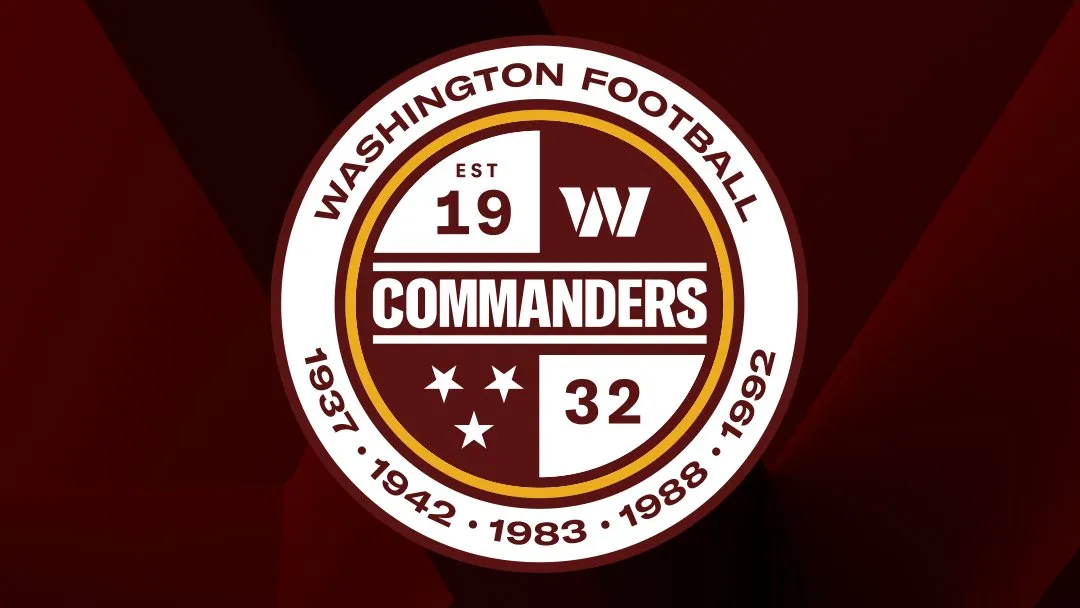
Several names made the rounds online through the past 20 months and especially so in the previous weeks leading up to today’s announcement.
Among those confirmed by co-CEO Tanya Snyder were Red Hogs, RedWolves, Defenders, Armada, Presidents, and Brigade.
Wolves and RedWolves gained a lot of steam by fans online, but team president Jason Wright declared those names were ruled out because of trademarks held by other teams in a post on the team’s website called the “President’s Brief.”
In the article, Wright said, “Early on we understood Wolves — or some variation of it — was one of our fan favorites. As I’ve said all along, we take feedback from our fans seriously, and because of your interest in this name, we put Wolves on a list of options to explore fully. Once we began looking into Wolves, however, we became aware of a notable challenge: trademarks held by other teams would limit our ability to make the name our own. And without Wolves, variations like RedWolves wouldn’t have been viable either for these and other reasons.”
Early on, Red Tails was floated as a possibility, paying tribute to the Tuskegee Airmen – a group of Black pilots active in World War II. While some heralded the name, a Time article noted that not everyone involved with the group was on board. As a 97-year-old veteran of the Airmen told Time, “I am not sure they are worthy of the Red Tail name. They don’t win that many games plus a lot of the players have a … poor attitude. But, it is not my call. Just the way I feel at this point in time.”
Hogs was also a beloved name because the team that won three Super Bowl titles in the ‘90s had an offensive line that was affectionately known as “The Hogs,” according to The Athletic.
Furthermore, hog-related naming and branding could resemble the University of Arkansas a bit too much, with their Razorbacks name and hog imagery.
And, following the money once again, a team can’t fully capitalize on all that new gear fans will buy without owning the trademark and licensing for the name fully outright.
How did they arrive on the Commanders?
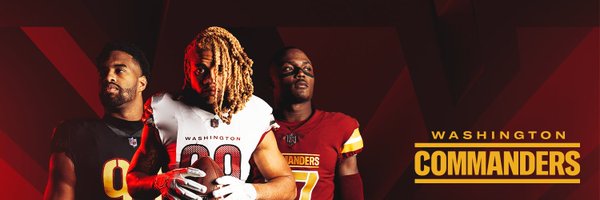
Washington largely kept its historic color scheme intact when introducing the name, branding, and new uniforms
The big question, though – why Commanders?
“This new identity embodies the most powerful aspects of Washington’s story by paying tribute to the team’s rich history and championship culture, personified by mission-driven players who take command, forge success and break barriers on and off the field,” the team said in its press release.
“Commanders brings to life the commitment to service and leadership that defines the DMV (D.C., Maryland, Virginia) community,” the statement continued.
The term evokes the name of the most powerful person to live in Washington, D.C., the President, otherwise known as the Commander-in-Chief. President Joe Biden even chimed in and the team’s Twitter account had some fun with it.
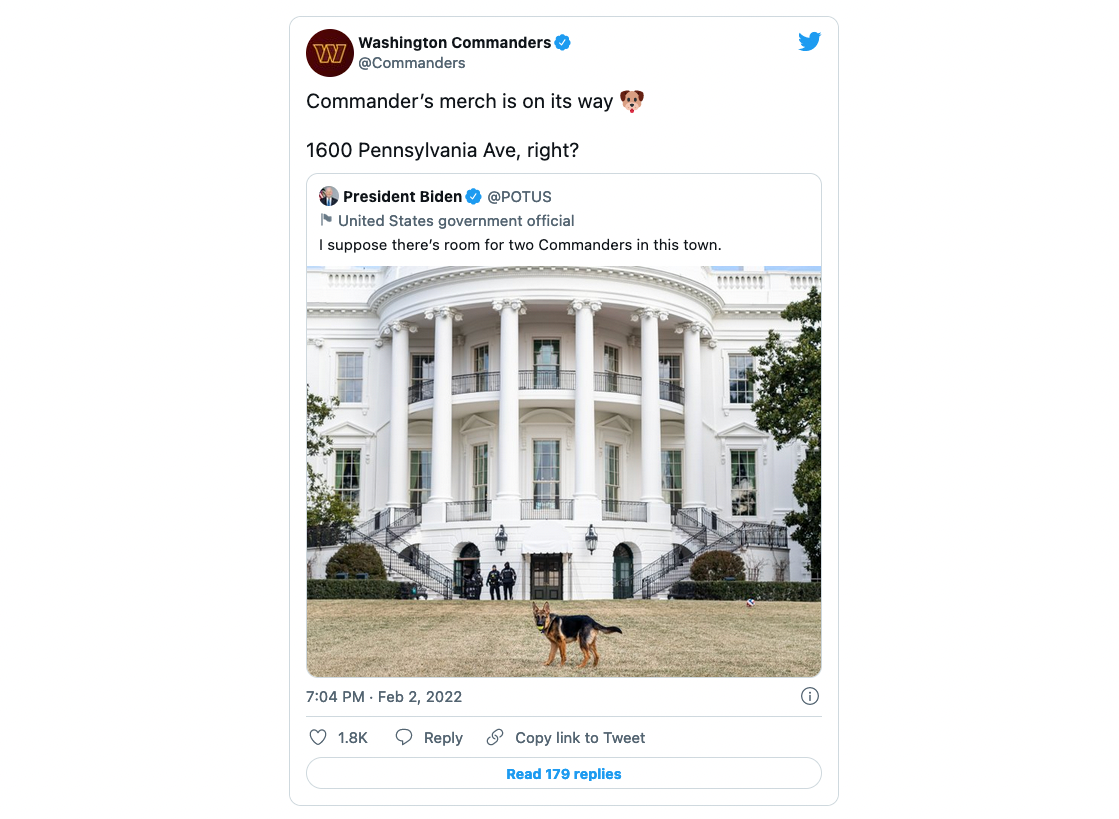
The name is meant to play off the military makeup of the district, and if you want to stretch it, can’t you hear some far-off movie voice in your head saying “Yes, commander.”
More likely, though, it was a non-offensive name, with strong leadership overtones, and it’s not being used by any other major sports franchise.

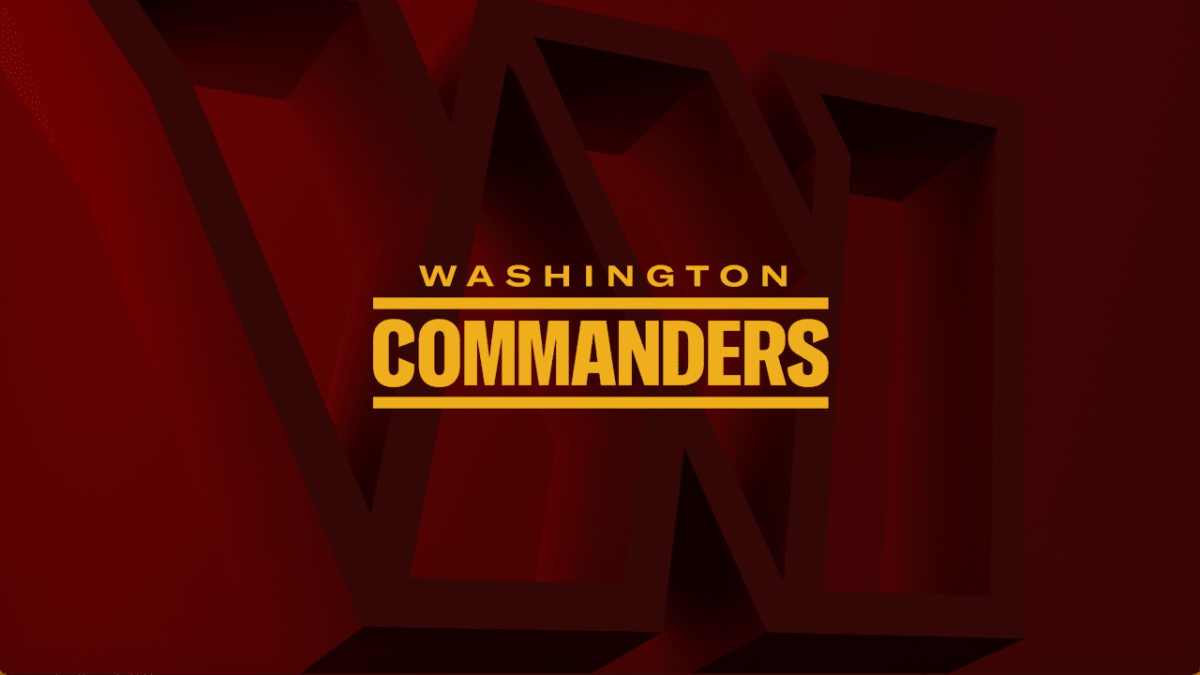


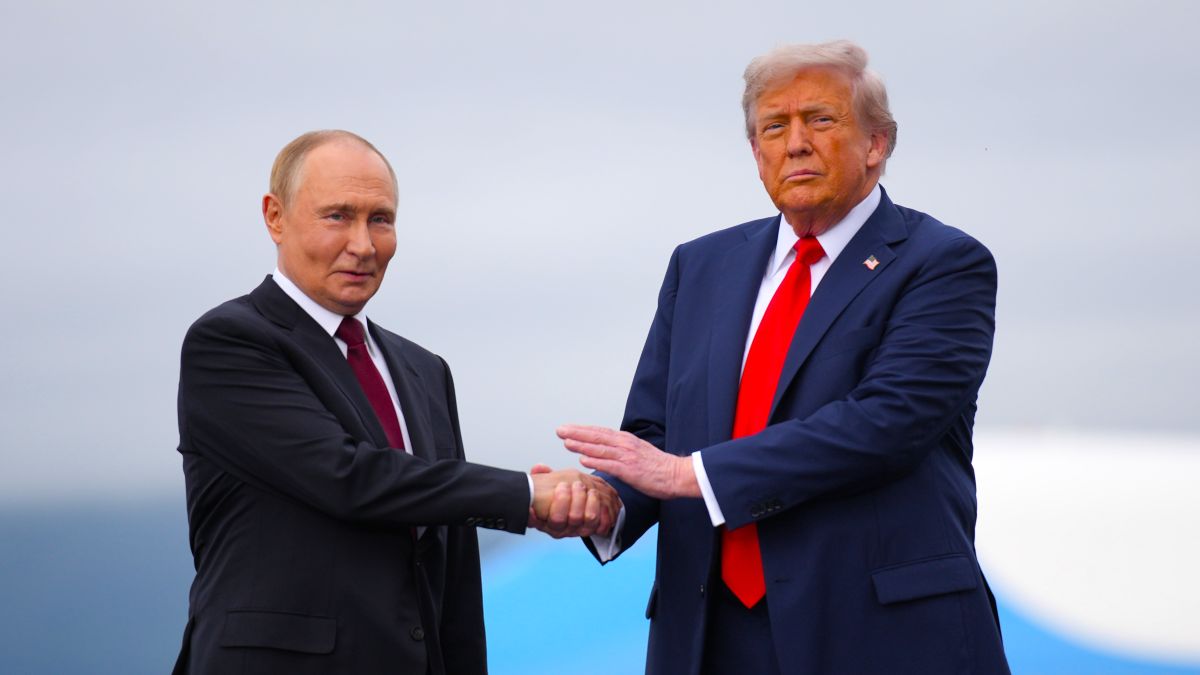
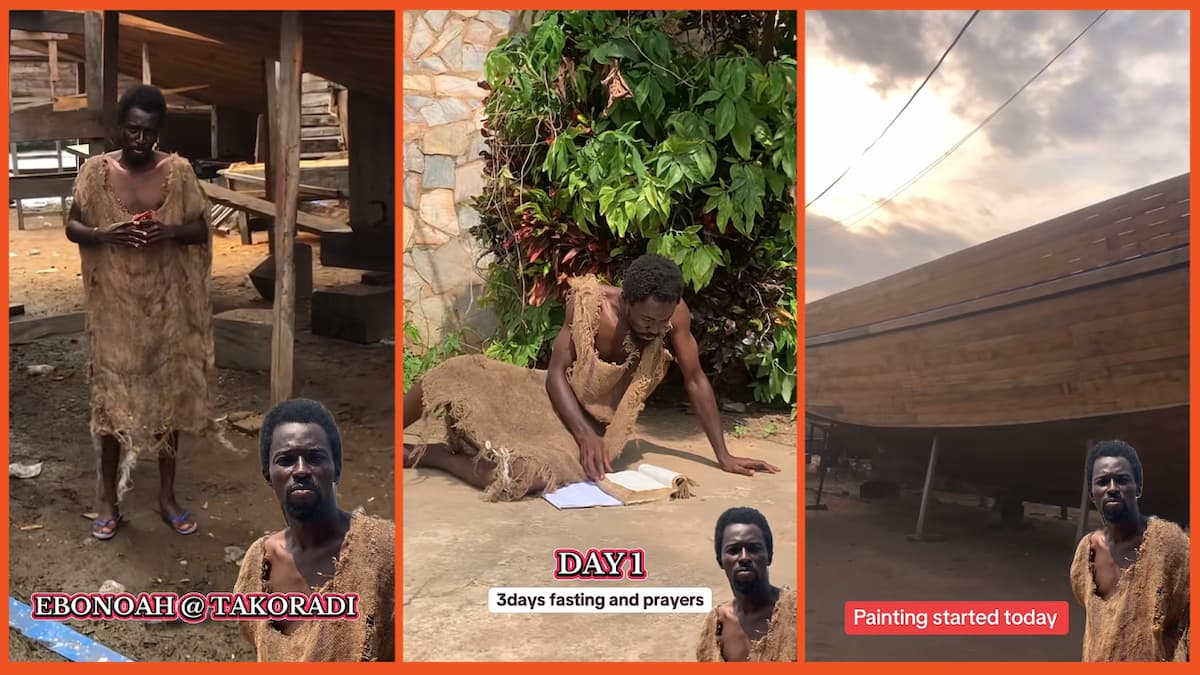
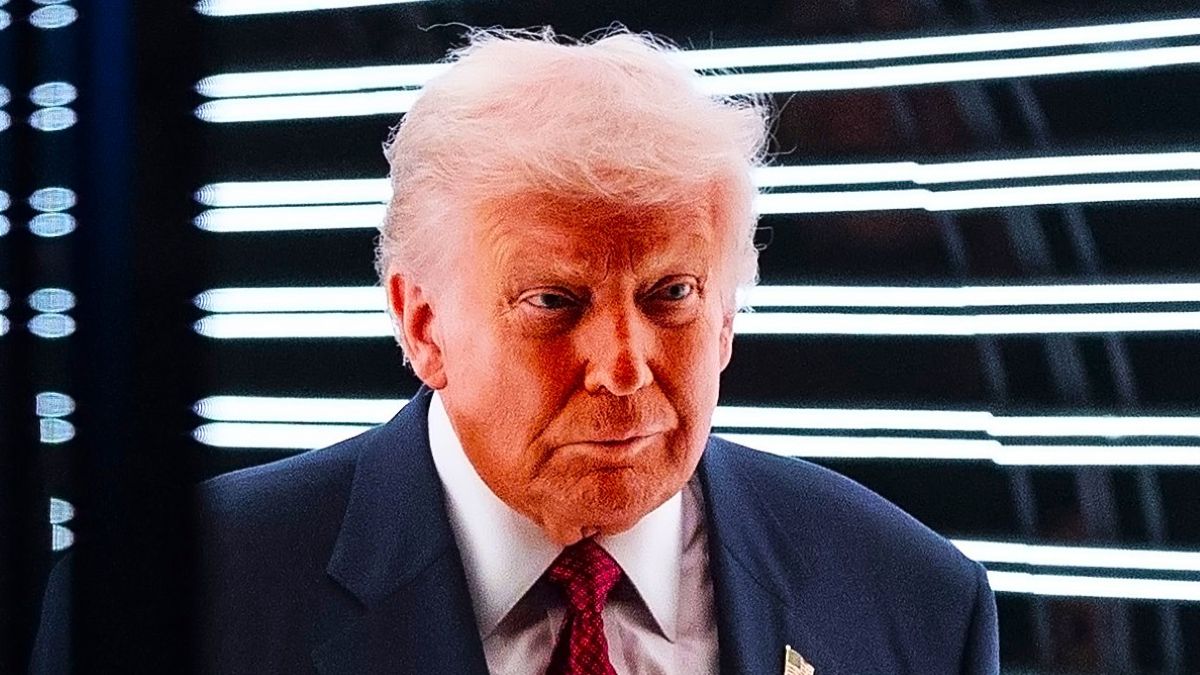
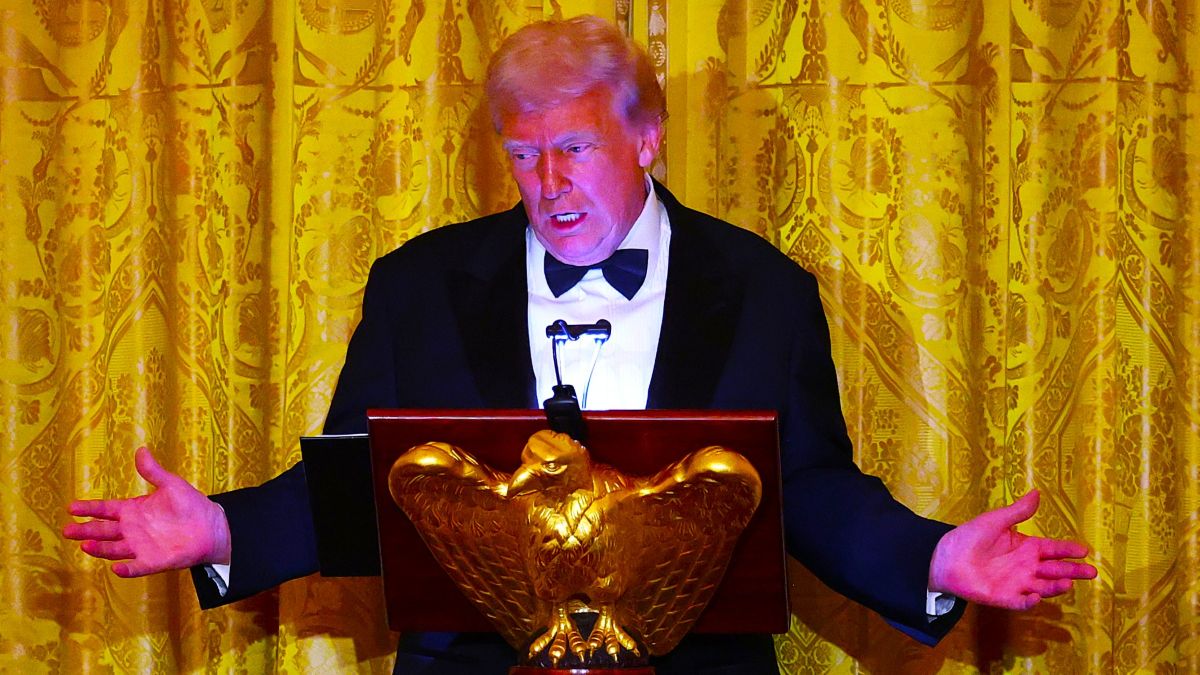



Published: Feb 2, 2022 04:30 pm